#helenium autumnale
Video
n380_w1150 by Biodiversity Heritage Library
Via Flickr:
Wild flowers of New York. Albany,University of the State of New York,1918. biodiversitylibrary.org/page/40798423
#New York (State)#Pictorial works#Wild flowers#New York Botanical Garden#LuEsther T. Mertz Library#bhl:page=40798423#dc:identifier=https://biodiversitylibrary.org/page/40798423#flickr#sneezeweed#swamp sunflower#small rose#pink tickseed#helenium autumnale#large-flowered sneezeweed#coreopsis rosea#coreopsis#tickseed#botanical illustration#scientific illustration
11 notes
·
View notes
Photo


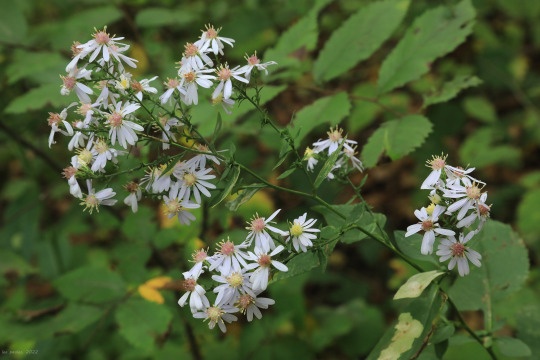
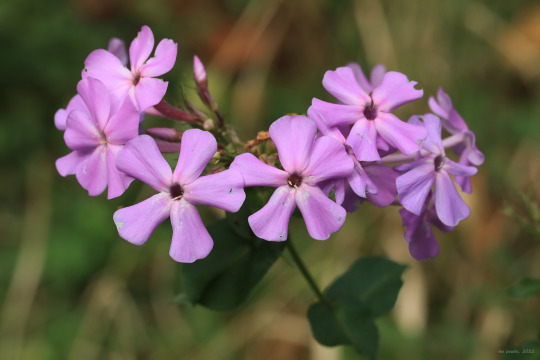
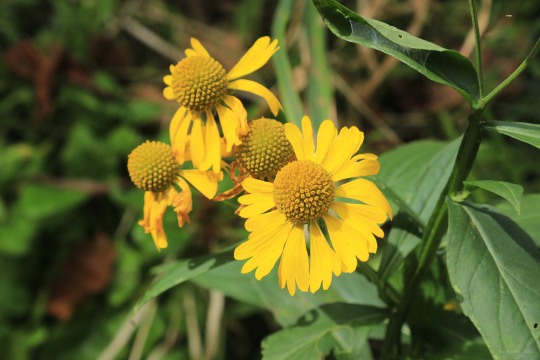



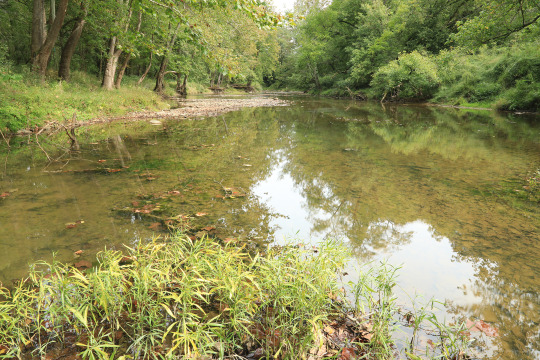
Early fall color along Dunkard Creek at the Mason-Dixon Historical Park. Most notably, broadleaved goldenrod (Solidago flexicaulis), also known as zig-zag goldenrod, is now in bloom. This is one of my favorite wildflowers of any season - it grows in gorgeous clumps with brilliant gold flower spikes and broadly-ovate, sharply serrated foliage. It’s better behaved than most goldenrods and is ideal for a bright pop of autumn color in a native wildflower garden.
From top: broadleaved goldenrod, one of two species in this area with flowers growing from the leaf axils; blue wood aster (Symphyotrichum cordifolium), a common woodland aster that blooms right up to the first frost; garden phlox (Phlox paniculata), also known as tall phlox and fall phlox, a tall, wetlands-loving perennial that blooms from July through early October in Central Appalachia; sneezeweed (Helenium autumnale), which loves the marshy edges of ponds, lakes, and streams; short’s aster (Symphyotrichum shortii), a woodland aster with a special fondness for limestone bluffs.
#appalachia#vandalia#west virginia#pennsylvania#fall#autumn#dunkard creek#mason-dixon historical park#solidago flexicaulis#broadleaved goldenrod#zig-zag goldenrod#symphyotrichum cordifolium#blue wood aster#phlox paniculata#garden phlox#tall phlox#fall phlox#helenium autumnale#common sneezeweed#symphyotrichum shortii#short's aster#wildflowers#flora
56 notes
·
View notes
Photo
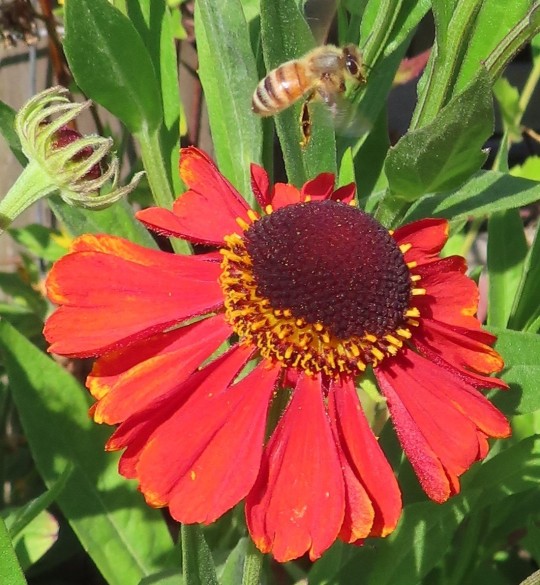

Helenium autumnale (sneezeweed) and Apis mellifera (Western honey bee)
Actually taking pictures of honey bees is a pretty simple process. First you stake out a flower bed and wait for a bee to come buzzing along. Then, when it’s totally preoccupied with eating its lunch, you zoom in for the close-up.
#flowers#photographers on tumblr#sneezeweed#honey bee#summer#fleurs#flores#fiori#blumen#bloemen#vancouver
136 notes
·
View notes
Text


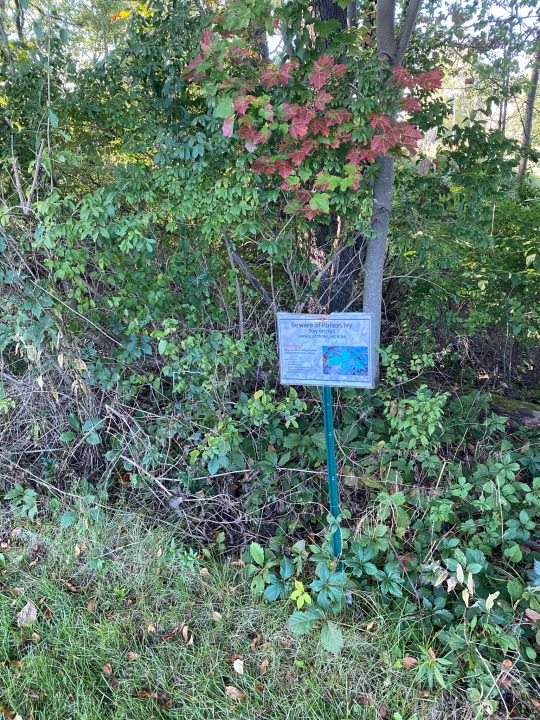
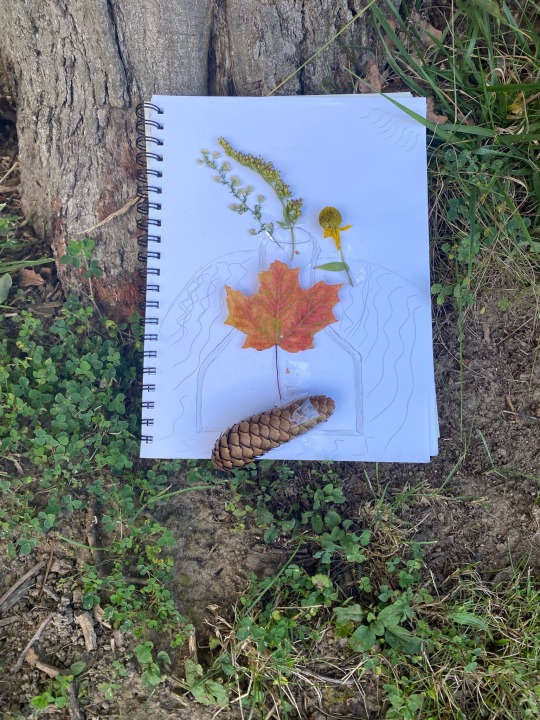
Sugar Maple (large orange leaf)- the sugar maple is the primary source of maple syrup. Seeds from the sugar maple tree have to be exposed to 45 days of temperatures below 39° in order to break their protective coating to germinate.
Helenium autumnale (yellow bulbous flower)- Also known as common sneezeweed. Common sneezeweed does not cause seasonal allergies, despite its name, which comes from the leaves of the plant being used in snuff to cast out evil spirits.
Lance-leaved aster (skinny plant with white flowers)- This plant was introduced into parts of Europe, where its production of chemicals causes harm to other plants and has been named an invasive species. Aster has been used by indigenous tribes to treat wounds, nosebleeds, and fevers.
“Lead white May have helped the painted occupant of the Goguryeo tomb remain fresh, but then he was already dead. The pigment has seldom been a friend to the living” (pg 46).
I thought that this passage was interesting because it never occurred to me that lead paint had been around for so long. When I think of lead paint I think of houses that were painted using lead paint and it feels like more a recent discovery than being used in the B.Cs. I also found it interesting that even though all these people that were using lead paint and wearing lead-based makeup kept dying, there was no movement to stop the use of lead based products.
6 notes
·
View notes
Text
TIL that the chemical compound helenalin is a sternutatory substance found in plants of the genus Helenium, aka sneezeweeds. It is a sesquiterpene lactone that irritates the mucous membranes. The pollen of Helenium plants doesn't do much, since it is spread by insects and has grains too large to be carried on the wind. Most of the helenalin is in the leaves and flowers of the plants, which historically were dried by Native Americans and ground into a snuff that was used to induce sneezing.
You know, I've been looking for plants that are native to my area to incorporate into my garden, and Helenium autumnale is distributed across most of North America...
... However, I feel it would be irresponsible if I did not add: helenalin is a toxin. It irritates your mucous membranes — this includes your gastrointestinal system! It can cause nausea, vomiting, diarrhea, and internal bleeding. It also can cause acute liver toxicity and suppress your immune system. If applied to the skin, it can cause contact dermatitis. If enough is ingested, you can die.
That being said, helenalin concentrations in Helenium plants are low, about 0.5%-3% by dry weight, with the highest concentration being in the flowers. Toxicity in humans is not well studied, but lethal doses in other mammals have been shown to range from around 85-105 mg/kg when taken orally. Basically, don't have a sneezeweed salad, and don't start mainlining pure helenalin. If you do try using it, do so at your own risk.
8 notes
·
View notes
Link
0 notes
Text
Mt. Lemmon Sneezeweed
Common Sneezeweed On Mt. Lemmon (July 7, 2022) — Image by kenne
Common sneezeweed is also known as Helen’s flower, bitterweed, autumn sneezeweed, and false sunflower. The genus name, Helenium, refers to the famous Helen of Troy. There is a legend that these flowers sprang from the ground where Helen’s tears fell. The species name, autumnale, refers to the season of the flower’s blooming—autumn.…

View On WordPress
1 note
·
View note
Photo



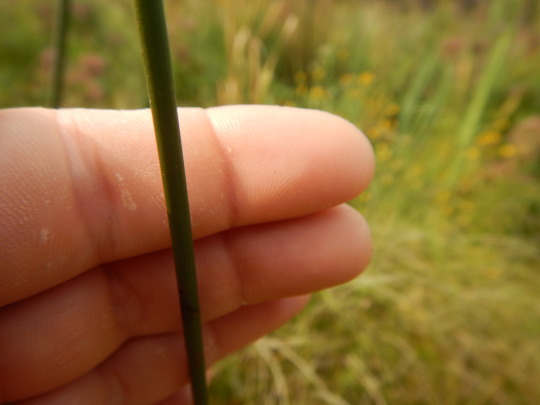
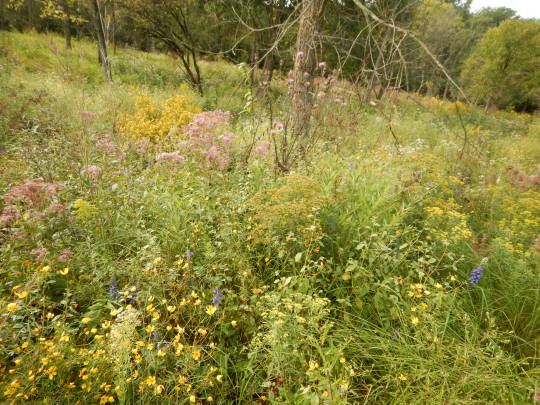
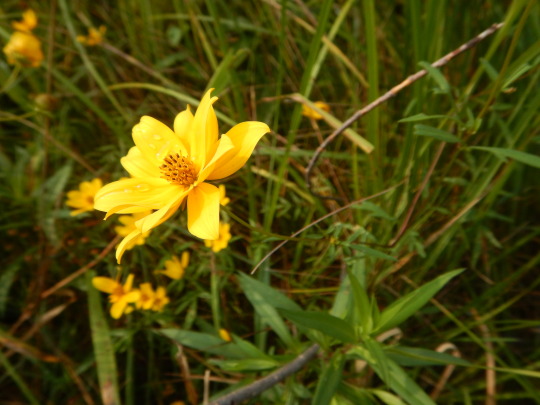
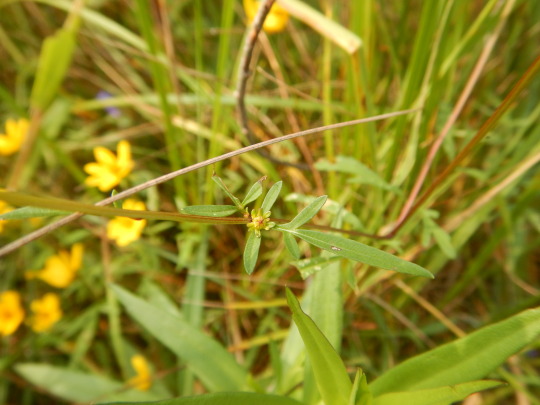
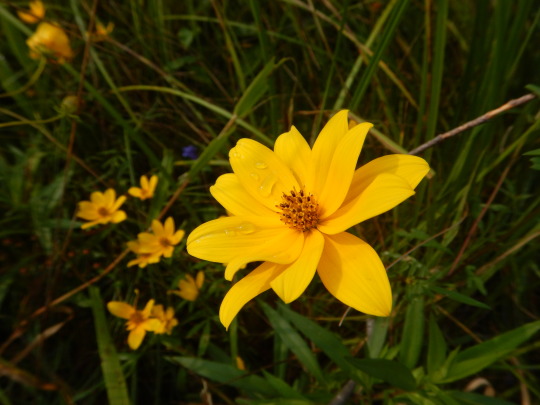
Greene county, Pearls fen, Ohio
Helenium autumnale
Autumn sneeze weed
Fairly simple since it’s only close look alike is our purple headed sneeze weed, although its a super close look a like with similar habit. Autumn sneeze weed forms singular leaves at each node where purple forms a rosette sometimes instead of branching off more. The Autumn has canada goldenrod like serations to minute serrations along the margin where we see an entire look for the purple. both are winged pubescent to glaborous, clump forming, branching only to form capitulescence and alternate.
Schoenoplectus acutus
hard-stemmed club-bulrush, one of the three sided species but unlike three square which has a minute bloom mid stem, this species is rounded in at the edges and has an apical bloom.
Bidens trichosperma
Marsh Beggers Ticks,
Narrow pinnate foliage or almost reduced liniar pinnate leaves
#Bidens#bidens trichosperma#schoenoplectus#schoenoplectus acutus#helenium#helenium autumnale#botany#ecology#ohio#plantblr
25 notes
·
View notes
Photo
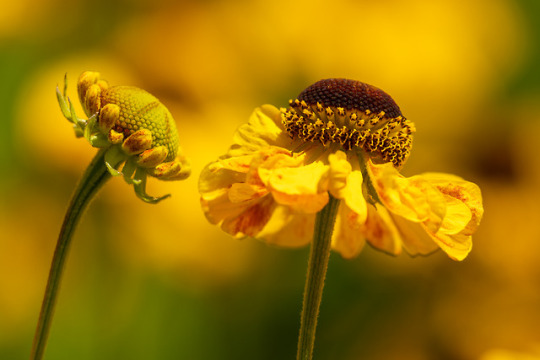
Helenium
#helenium#Sonnenbraut#sneezeweed#helenium autumnale#photographers on tumblr#fotoblubb#yellow#Kristian Papp#juli18#Juli2018
76 notes
·
View notes
Photo


I sure hope this is sneezeweed (Helenium autumnale).
#common sneezeweed#Helenium autumnale#Plantae#Angiosperms#Eudicots#Asterids#Asterales#Asteraceae#Helenieae#Helenium#Nikon D3400#nikonphotography#D'Arbonne National Wildlife Refuge#photographers on tumblr#nature photography#Heleniastrum autumnale#Helenium canaliculatum#Helenium latifolium#Helenium macranthum#Helenium montanum#Helenium parviflorum#flora of North America#flora
3 notes
·
View notes
Text
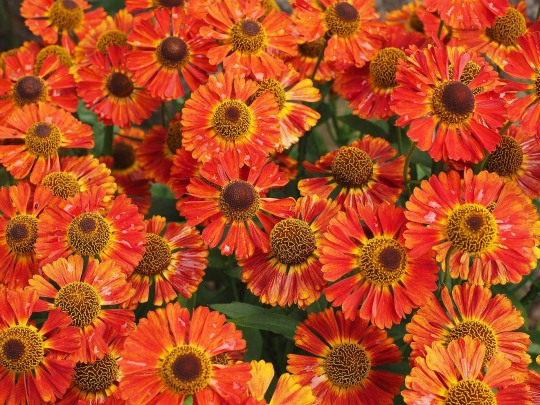

gewöhnliche Sonnenbraut
(Helenium autumnale) wir haben einige Sonnen-dingsda im Garten. Sie scheinen mir zu gefallen. Diese steht, wie man sieht, vor der mauer der Hüttenterrasse, wo wir einmal mehr versuchen, Unkraut und Trockenheit zu überwinden und etwas Hübsches anzupflanzen.
Noch 6 Pflanzen.
0 notes
Photo
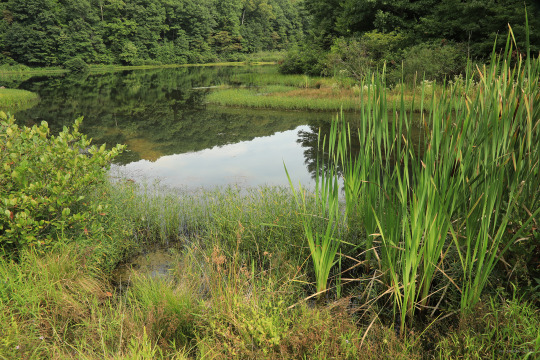
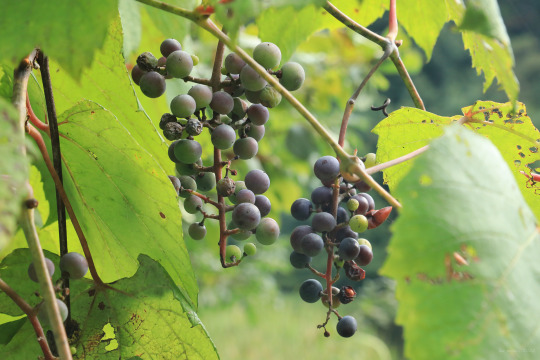
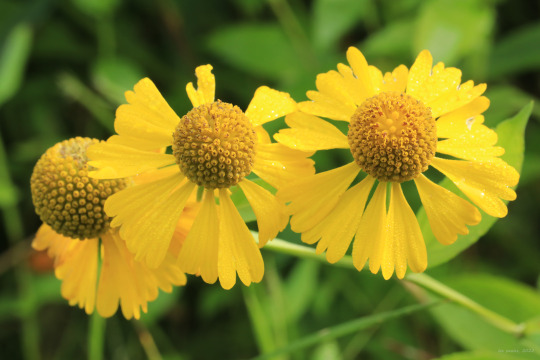

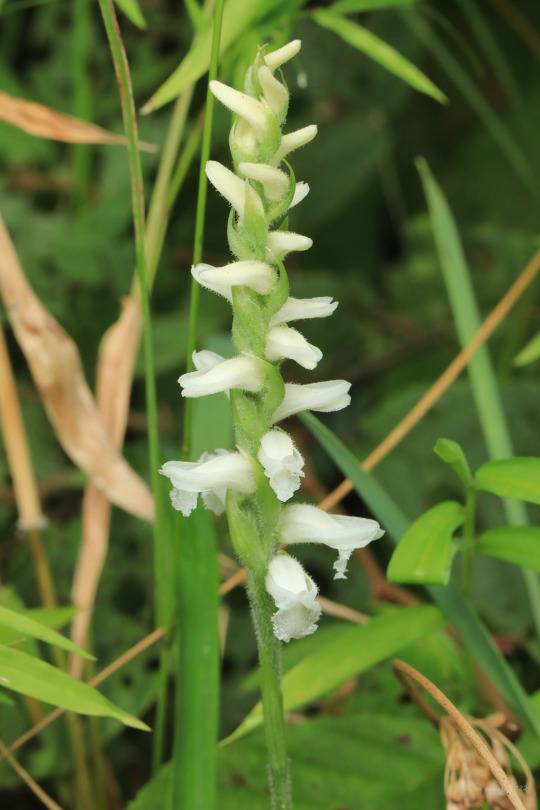

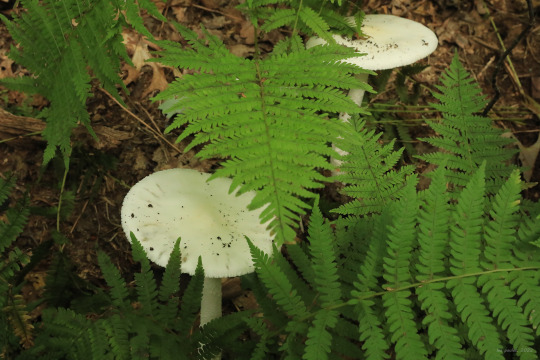
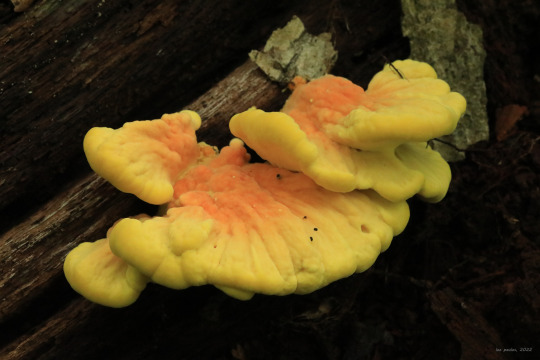
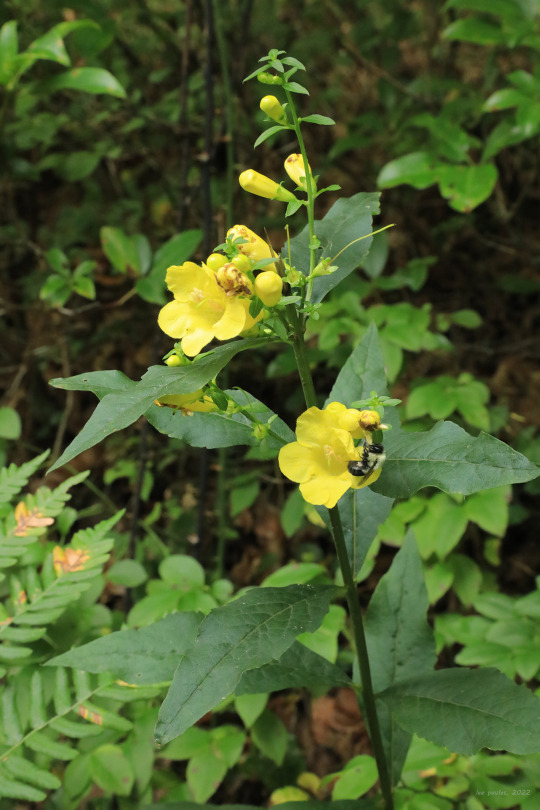
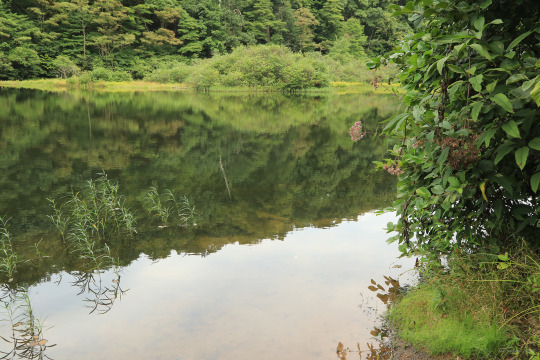
More late summer treasure from a short hike around Messinger Lake (a.k.a., trout pond) at Coopers Rock State Forest.
From top: the nearly ripe berries of frost grape (Vitis vulpina)*, whose fruit reaches full maturity just before the first frost of October; sneezeweed (Helenium autumnale), whose dried leaves were once used as an ingredient in snuff; Indian pipe (Monotropa uniflora), also known as ghost plant and corpse plant, a parasitic plant that derives nutrients from trees via a mycorrhizal relationship with fungi; Appalachian ladies’ tresses (Spiranthes arcisepala), a late summer orchid found growing at the moist edges of wetlands; white wood aster (Eurybia divaricata), a late-summer perennial of Appalachia’s rich woods and clearings; a pair of eastern destroying angels (Amanita bisporigera) hiding in the ferns, an idyllic spot for these deadly beauties; a young sulphur shelf fungus (Laetiporus sulphureus), also known as chicken-of-the-woods, at prime edibility; and Appalachian oak-leech (Aureolaria laevigata), also known as entireleaf yellow false foxglove and smooth false foxglove, a partially-parasitic plant that attaches to and derives nutrients from oak tree roots while also creating energy from photosynthesis.
* Corrected the scientific name from an earlier post.
#appalachia#vandalia#west virginia#late summer#flora#wildflowers#fungi#vitis vulpina#frost grape#helenium autumnale#sneezeweed#monotropa uniflora#indian pipe#ghost plant#corpse plant#spiranthes arcisepala#appalachian ladies' tresses#eurybia divaricata#white wood aster#amanita bisporigera#eastern destroying angel#destroying angel#laetiporus sulphureus#sulphur shelf#chicken-of-the-woods#aureolaria laevigata#appalachian oak-leech#entireleaf yellow false foxglove#smooth false foxglove#coopers rock state forest
72 notes
·
View notes
Photo
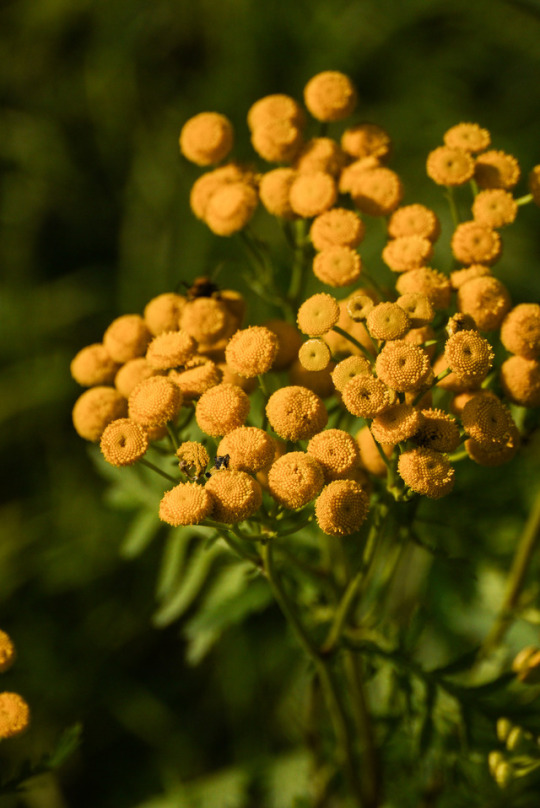
Common Sneezeweed (Helenium autumnale)
Sheboygan Marsh, WI, 9-10-17
#common sneezeweed#helenium autumnale#flower#wildflower#original photographers#photographers on tumblr#imiging#nature photography
29 notes
·
View notes
Photo

Common Sneezeweed, Helenium autumnale (by me)
#Common Sneezeweed#Helenium autumnale#Helenium#Asteraceae#Asterales#flowers#plants#autumn#Donaldson Park#Highland Park#Middlesex County#New Jersey#mine
14 notes
·
View notes
Photo

Helenium autumnale
http://lakesideendeavors.com/growwild/
#Helenium autumnale#wildflower#wild flower#wildflowers#wild flowers#flower#flowers#ebook#e-book#nature#nature photography#photography#plant#plants#garden#gardens#gardening#growwild#growild
17 notes
·
View notes
Link
0 notes
